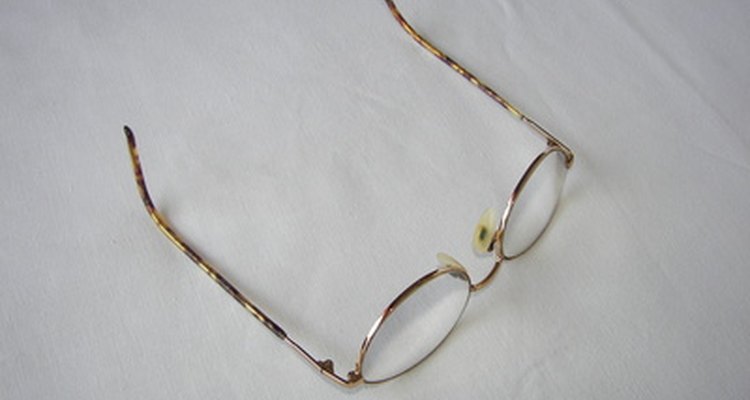
Sunglasses and glasses come in a number of popular styles and brands. Costa Del Mar is one expensive brand. As with most brand-name items, there are fake versions of Costa Del Mar glasses available for purchase. Learn to spot a fake pair so that you can avoid buying a fake for the cost of a real pair of Costa Del Mar glasses.
Look at the Costa Del Mar website and pay attention to the styles available. The official website will show the latest styles and models. If the glasses you're considering buying have a different appearance than those available from the company online, you may be dealing with a fake.
Look at the logo on the glasses. Real Costa Del Mar glasses have a clear logo that is shaped like a wave and forms a C. Fakes may have the logo wrong. Alternatively, the logo will not be edged well or it will not seem an appropriate size for the glasses.
Use the Costa Del Mar website to determine if the seller is one of their dealers. Costa Del Mar dealer locations exist around the country. The website allows customers to put in their address and find the nearest dealers. If the dealer selling the glasses is not a Costa Del Mar dealer, the glasses are often not legitimate.
Look for a warranty. According to the Costa Del Mar website, glasses come with a lifetime warranty which costs about $12. If the glasses do not have a warranty available, it is not a real Costa Del Mar item.
Related Articles

How to Spot a Replica Baume Watch

The Best Photochromic Sunglasses
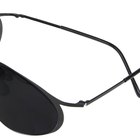
How to Take a Sticker off Sunglasses

How to Spot Fake Oakley Gascans

How to Repair Revo Sunglasses

How to Tell Fake Maui Jim Sunglasses

How to Spot a Fake Mont Blanc Watch

How to Tell a Real Tiffany's Necklace ...

How to Tell a Fake Casio Watch

How to Spot a Replica Invicta Watch
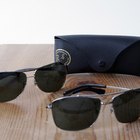
How to Tell If Ray Ban Sunglasses Are ...
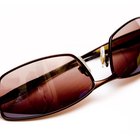
How to Spot Fake Serengeti Sunglasses

How to Spot Fake Citizen Watches

How to Evaluate Invicta Watches
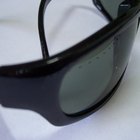
How to Repair the Lens on Chanel ...

How to Spot Fake Puma Shoes

How to Verify a Seiko
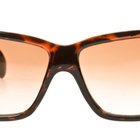
Repair of Persol Sunglasses

The Maui Jim Warranty Policy

How to Sterilize Eyeglasses
References
Writer Bio
Helen Jain has been writing online articles since December 2009 for various websites. She has studied English and psychology and hopes to get a Ph.D. in English in the future.
Photo Credits
glasses image by Joann Cooper from Fotolia.com